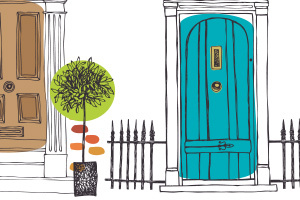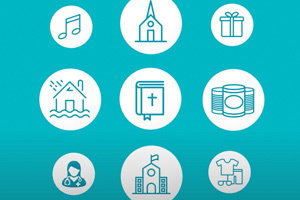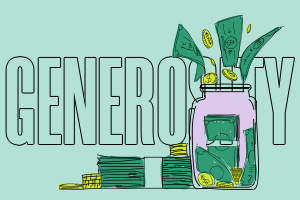The Tax Cuts and Jobs Act (TCJA) of 2017 increased the charitable giving deduction to 60 percent of adjusted gross income (AGI), up from the 50 percent of AGI that has been in place for many years.
The 2023 standard deduction for married couples has now been nearly doubled to $27,700. Married taxpayers may also bump up their standard deduction by $1,500 per spouse (or $1,850 per unmarried individual) if age 65 or older or blind. Many other commonly used deductions have been reduced. These changes lower the number of taxpayers who can itemize tax deductions.
By reducing itemized deductions, more givers will be pushed into using the standard deduction. Why does this matter? Claiming the standard deduction will negate any tax benefit related to charitable giving. The challenge for givers who typically itemize will be getting past that $27,700 standard deduction threshold.
Diligent givers who also want the benefit of the maximum charitable tax deduction will need to plan ahead to get over the $27,700 standard deduction hump. If their deductions are less than $27,700, they will receive no additional tax benefit for their giving.
Imagine Jim and Sally, a married couple (filing jointly) who typically itemize $23,000 of deductions per year. They will not qualify for the 60% charitable deduction. If $10,000 of their deductions is related to charitable giving and $13,000 of their deductions are non-charitable, what can they do to improve their tax situation?
Jim and Sally can use a two-year strategy called “bunching”. In year one, give $20,000 into a Donor Advised Fund (DAF) with AG Foundation. Yes, that is twice their typical annual giving, but those funds can be distributed out of the DAF to their favorite ministries over two calendar years.
Calculating their $20,000 giving with their $13,000 of non-charitable deductions, Jim and Sally now have $33,000 in deductions in year one. They have overcome the standard deduction amount of $27,700, allowing them to gain access to the 60% charitable deduction and reduce their taxes.
In year two, if Jim and Sally choose not to contribute to their DAF, they will simply use the $27,700 standard deduction. Jim and Sally will have benefited with a lower overall tax bill in those two years. But why stop there?
Jim and Sally are diligent givers. If they annually continue this $20,000 pattern of giving, they can claim charitable deductions at the 60% rate year over year. Their DAF will earn income on funds not immediately distributed. Jim and Sally can direct funds to ministries over time as God shows them where their giving will have the greatest impact to further the Kingdom.
Jim and Sally could also benefit by donating appreciated investments and assets to the DAF. Giving appreciated assets adds a second advantage. When the DAF sells appreciated assets, Jim and Sally will not owe capital gains tax. Their giving impact would be reduced by 15-20% if they sold those appreciated assets outright. By using the DAF, they can give away 100% of the sales proceeds over time.
Contact us to learn more about how to maximize the tax advantages of charitable giving.
This information is not tax advice and is for illustration purposes only. Information is from sources deemed reliable. Information is subject to error, omission, withdrawal or change. Contact your tax advisor before taking any action that would have a tax consequence.



